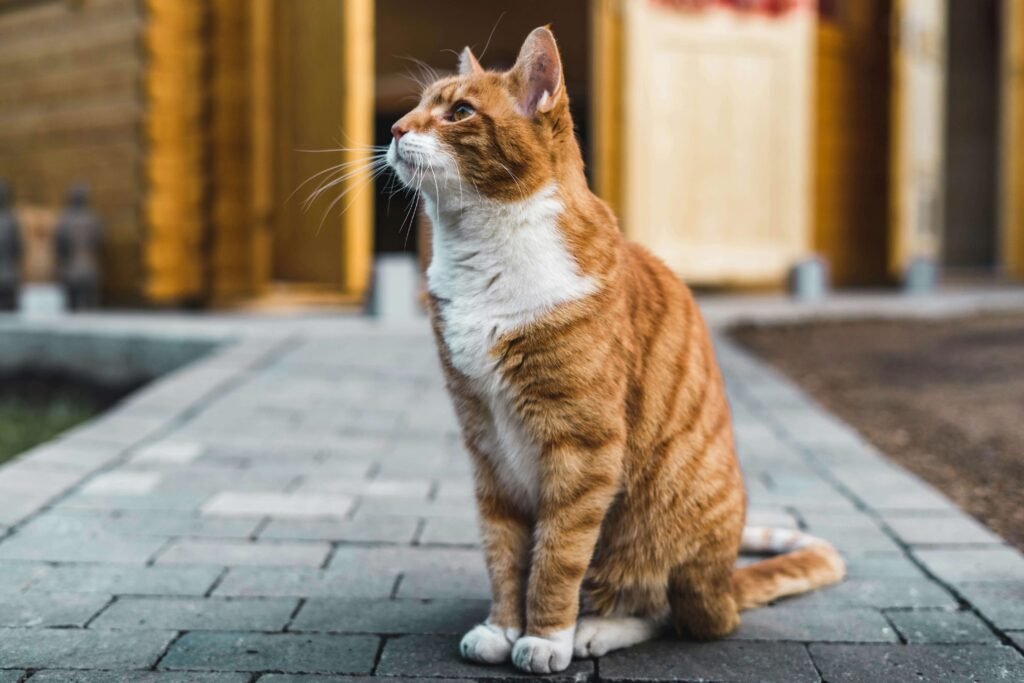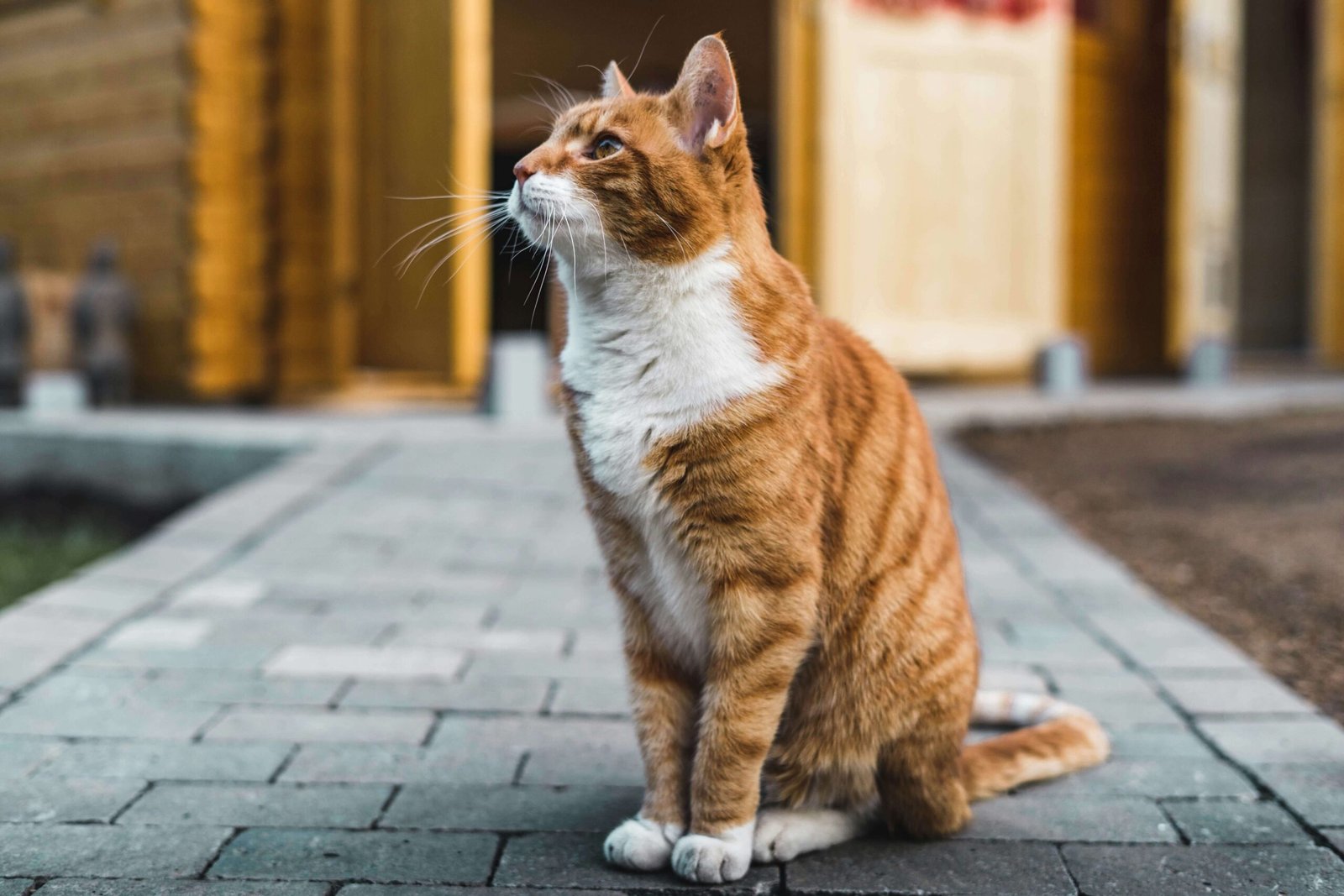How Much Amoxicillin for a Cat in ML? A Comprehensive Guide
When it comes to treating infections in cats, amoxicillin is one of the most commonly prescribed antibiotics. However, determining the correct dosage is crucial to ensure your feline friend receives safe and effective treatment. Administering the wrong amount can lead to serious health complications or render the medication ineffective. If you’re wondering, “How much amoxicillin for a cat in ml?” this blog post will provide clear guidance on dosing, safety precautions, and what to expect during treatment. Whether you’re a new cat owner or simply seeking clarity, this guide will help you navigate the process with confidence and care.
Understanding Amoxicillin Dosage for Cats
Administering amoxicillin to cats requires precision, as the dosage is typically based on the cat’s weight and the severity of the infection. Here’s a breakdown of key considerations when determining the correct dosage:
Weight-Based Calculation
The standard dosage is approximately 5-10 mg per pound of body weight, given every 12-24 hours. For example, a 10-pound cat may require 50-100 mg daily.Liquid vs Tablet Form
Amoxicillin is available in both liquid and tablet forms. Liquid amoxicillin is often easier to administer and allows for more precise dosing.Concentration Matters
Liquid amoxicillin comes in different concentrations (e.g., 50 mg/ml). Always check the concentration on the label to calculate the correct volume in milliliters (ml).Veterinary Guidance
Never guess the dosage. Your veterinarian will prescribe the exact amount based on your cat’s specific needs.Duration of Treatment
A full course of amoxicillin typically lasts 7-14 days, even if symptoms improve earlier. Stopping prematurely can lead to antibiotic resistance.
By understanding these factors, you can ensure your cat receives the appropriate dose of amoxicillin while minimizing risks.
Common Uses of Amoxicillin in Cats
Amoxicillin is a versatile antibiotic used to treat a variety of bacterial infections in cats. Its effectiveness makes it a go-to choice for veterinarians. Here are some common conditions it addresses:
Respiratory Infections
Amoxicillin can help combat upper respiratory infections caused by bacteria, such as sneezing, coughing, and nasal discharge.Urinary Tract Infections (UTIs)
It is often prescribed to treat UTIs, which can cause symptoms like frequent urination, straining, or blood in the urine.Skin Infections
Bacterial skin infections, including abscesses or wounds, respond well to amoxicillin treatment.Dental Infections
Cats suffering from gum disease or tooth abscesses may benefit from amoxicillin to reduce inflammation and fight infection.Gastrointestinal Issues
In some cases, amoxicillin is used to address bacterial overgrowth in the digestive tract, leading to diarrhea or vomiting.
While amoxicillin is highly effective, it’s essential to use it only under veterinary supervision to avoid misuse or side effects.
Check this guide 👉Medicine for Cat Allergies: Best 7 Expert Tips!
Check this guide 👉How to Put Flea Medicine on a Cat: Best 7 Expert Tips!

Factors to Consider When Administering Amoxicillin | Potential Risks of Incorrect Dosage |
|---|---|
Accurate weight measurement | Overdose leading to toxicity |
Correct concentration of liquid amoxicillin | Underdose resulting in ineffective treatment |
Following the prescribed frequency | Antibiotic resistance |
Completing the full course of treatment | Recurrence of infection |
Monitoring for side effects | Allergic reactions or gastrointestinal upset |
How to Safely Administer Liquid Amoxicillin to Your Cat
Giving liquid medication to a cat can be challenging, but with patience and the right techniques, you can ensure they receive their dose safely. Here are some tips to make the process smoother:
Use a Syringe or Dropper
Most liquid medications come with a syringe or dropper for accurate measurement. Avoid using household spoons, as they are not precise.Position Your Cat Securely
Wrap your cat gently in a towel to prevent them from squirming or scratching during administration.Administer Slowly
Place the syringe at the side of your cat’s mouth and slowly release the liquid. This prevents choking and ensures they swallow properly.Reward with Treats
Offer a small treat or praise after administering the medication to create a positive association.Monitor for Side Effects
Watch for signs of adverse reactions, such as vomiting, diarrhea, or lethargy, and contact your vet if any occur.
With these steps, you can minimize stress for both you and your cat while ensuring the medication is administered correctly.
Signs Your Cat May Need Amoxicillin Treatment
If you suspect your cat is unwell, it’s important to recognize the symptoms that may indicate a bacterial infection requiring amoxicillin. Here are some common signs to look out for:
Persistent Sneezing or Coughing
Frequent sneezing or coughing accompanied by nasal discharge may signal a respiratory infection.Difficulty Urinating
Straining to urinate or blood in the urine could indicate a urinary tract infection.Redness or Swelling on the Skin
Abscesses, wounds, or irritated areas on the skin may require antibiotic treatment.Bad Breath or Swollen Gums
These symptoms could point to dental issues, such as an abscess or gum infection.Lethargy and Loss of Appetite
A sudden decline in energy levels or refusal to eat may suggest an underlying infection.
If you notice any of these signs, consult your veterinarian promptly to determine if amoxicillin is the appropriate treatment.
Tips for Identifying High-Quality Amoxicillin
Choosing the right amoxicillin product is essential to ensure your cat receives safe and effective treatment. Here are some tips to help you identify high-quality options:
Check the Manufacturer
Reputable pharmaceutical companies adhere to strict quality standards, ensuring the medication is pure and effective.Look for Veterinary Approval
Ensure the product is specifically formulated and approved for use in cats. Avoid human-grade amoxicillin unless explicitly prescribed.Examine the Packaging
The packaging should be sealed and include clear instructions, dosage guidelines, and an expiration date.Avoid Suspiciously Low Prices
Extremely cheap products may indicate poor quality or counterfeit medications, which can harm your cat.Consult Your Veterinarian
Your vet can recommend trusted brands or suppliers to ensure you’re using a reliable product.
By following these tips, you can avoid substandard medications and ensure your cat receives the best possible care.
Signs Your Cat May Be Experiencing an Allergic Reaction
While amoxicillin is generally safe, some cats may experience allergic reactions. Recognizing the signs early can prevent complications. Here’s what to watch for:
Swelling of the Face or Paws
Sudden swelling, especially around the face or paws, may indicate an allergic response.Difficulty Breathing
Labored or rapid breathing could signal a severe reaction requiring immediate veterinary attention.Vomiting or Diarrhea
Frequent vomiting or diarrhea after administering amoxicillin may point to an adverse reaction.Itching or Hives
Excessive scratching or the appearance of hives on the skin suggests an allergy.Lethargy or Weakness
Unusual tiredness or weakness may indicate your cat is struggling with the medication.
If you notice any of these symptoms, contact your veterinarian immediately to determine the best course of action.
Ways to Make Medication Time Less Stressful for Your Cat
Administering medication can be stressful for both you and your cat, but there are ways to make the process smoother. Here are some strategies to try:
Use Pill Pockets
Pill pockets or soft treats designed to hide medication can make administration easier and less intimidating for your cat.Mix with Food
If your vet approves, mix the liquid amoxicillin with a small amount of wet food to mask the taste.Create a Calm Environment
Choose a quiet, stress-free space for medication time to help your cat feel more at ease.Practice Positive Reinforcement
Reward your cat with praise, pets, or treats after successfully taking the medication to build a positive association.Stay Calm and Patient
Cats can sense your emotions, so staying calm and patient will help reduce their anxiety during the process.
By implementing these techniques, you can minimize stress and make medication time a more pleasant experience for both you and your feline friend.
Frequently Asked Questions About Amoxicillin for Cats
Can I give my cat amoxicillin without a prescription?
No, amoxicillin should only be administered under veterinary guidance to ensure safety and efficacy.
What happens if I miss a dose?
Give the missed dose as soon as you remember, but skip it if it’s almost time for the next dose. Do not double up.
How long does it take for amoxicillin to work?
Improvement is usually noticeable within 2-3 days, but the full course must be completed.
Are there alternatives to amoxicillin?
Yes, other antibiotics may be prescribed depending on the type of infection and your cat’s medical history.
Can amoxicillin cause side effects?
While generally safe, side effects like vomiting, diarrhea, or allergic reactions can occur. Contact your vet if you notice anything unusual.
Final Thoughts: Prioritizing Your Cat’s Health with Proper Amoxicillin Use
Administering amoxicillin to your cat is a responsibility that requires careful attention to dosage, timing, and monitoring. By understanding how much amoxicillin for a cat in ml is appropriate and following your veterinarian’s guidance, you can effectively treat infections and support your feline companion’s recovery. Remember, your cat relies on you to make informed decisions about their health. With proper care and diligence, you can ensure they remain happy, healthy, and thriving. Always prioritize professional advice and never hesitate to reach out to your vet with questions or concerns. After all, your cat deserves nothing less than the best care possible.
Understanding Cryptosporidium in Cats: Best 7 Expert Tips! – Spot symptoms, treat safely, and stop parasite spread in your home.
Understanding Cryptosporidium in Dogs: Best 7 Expert Tips! – Learn symptoms, treatment & prevention for this stubborn gut parasite.
Understanding Syringomyelia in Cats: Best 7 Expert Tips! – Recognize signs, manage pain, and support your cat’s neurological health with vet-backed guidance.
Understanding Syringomyelia in Dogs: Best 7 Expert Tips! – Expert insights on symptoms, MRI diagnosis, pain management & quality of life.





